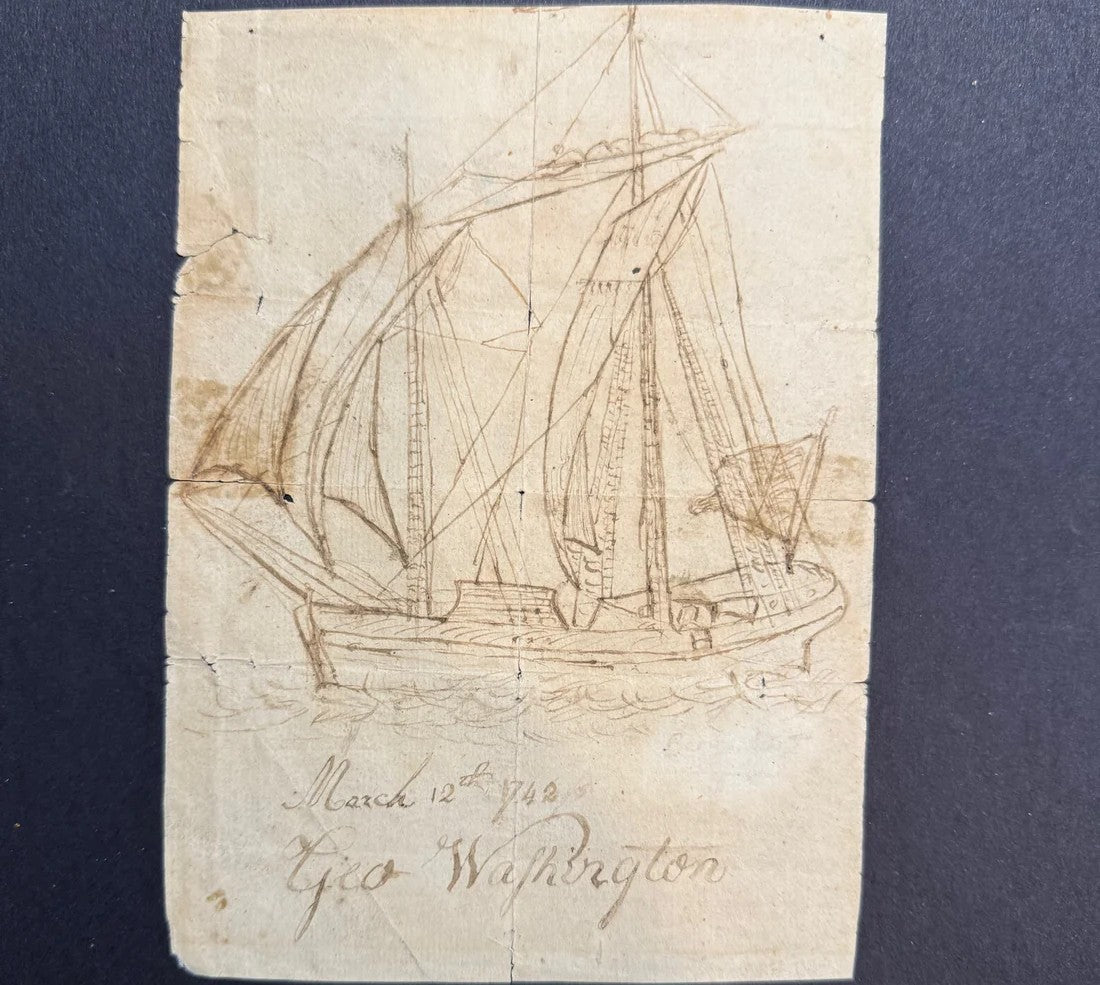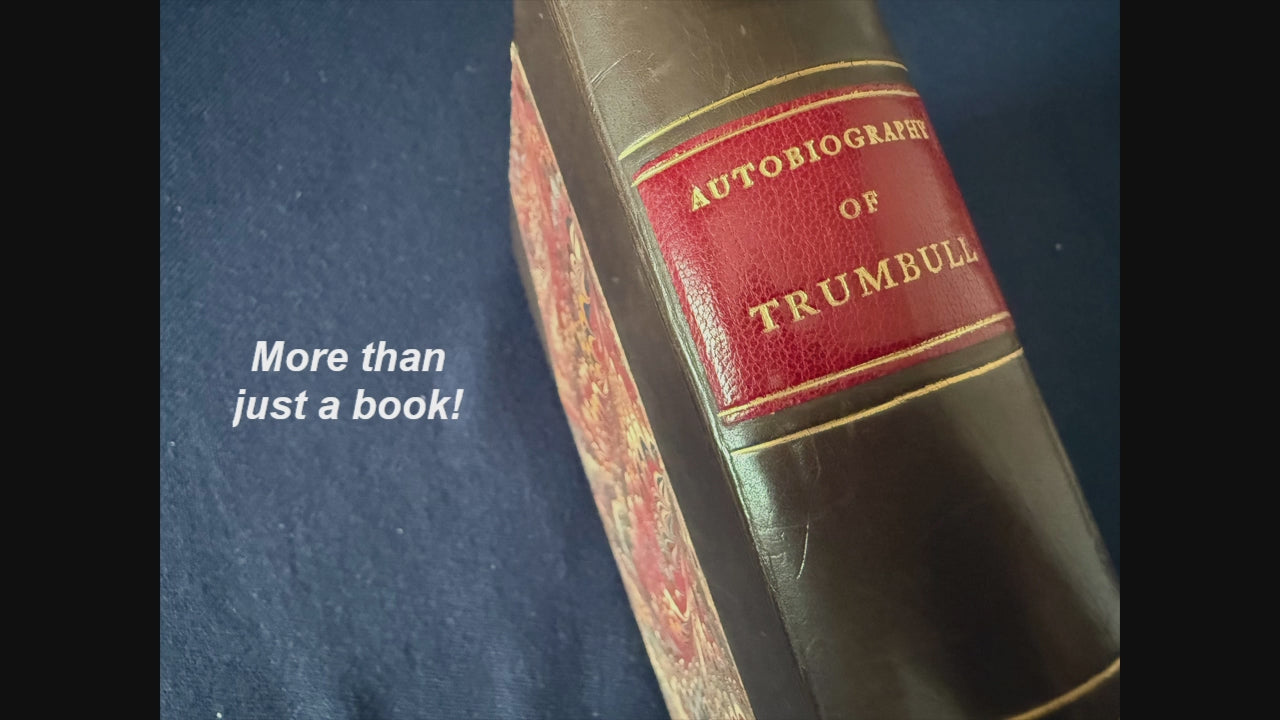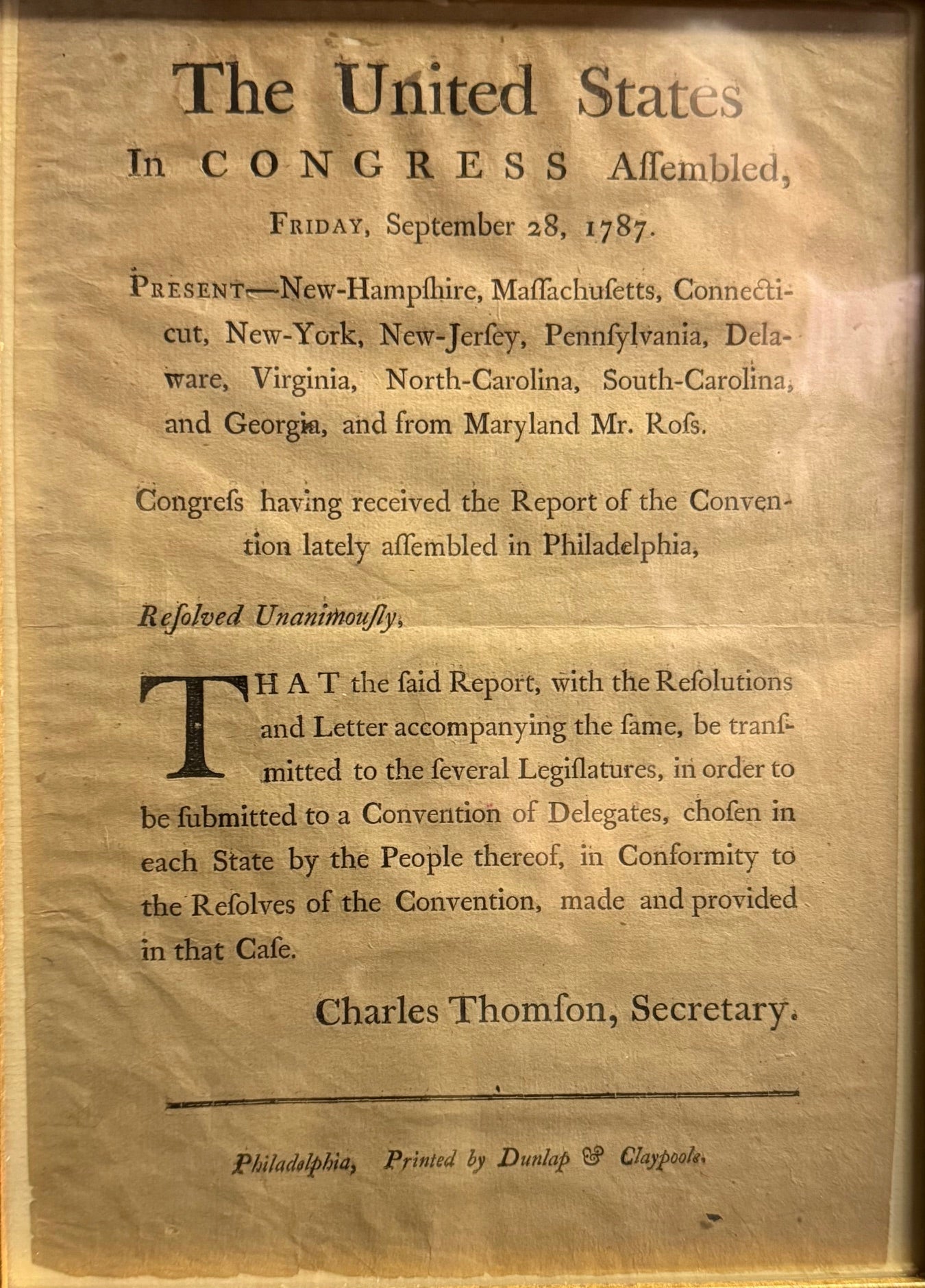John James Audubon's Birds of America
Between 1827 and 1838, John James Audubon, brilliant artist and naturalist who dedicated much of his life to painting the birds and quadrupeds of North America, published in London, England, in 'his own style', a series of 435 large-sized, hand-colored etchings with aquatints in a watercolor folio entitled The Birds of America. These were reproduced primarily by Robert Havell and Sons from Audubon's watercolor studies and often under the direct supervision of Audubon himself. Since he portrayed each bird life size, the larger birds often were depicted in feeding positions to fit on the largest copper engraving plates then available, approximately 27 x 39 inches. The largest bird was the wild turkey, and the smallest was one of the minute hummingbirds. With the final publication of these prints, Audubon established his Birds of America as the definitive portrayal of American birds in realistic settings. These antique original prints, now more than 180 years old, are known in the print trade as Havells or Double Elephants because each was printed on giant "double elephant" folio sheets.
What's a double elephant?
"It is now a month since my work was begun by Mr. Lizars; the paper is of unusual size, called 'double elephant', and the plates are to be finished in such superb style as to eclipse all of the same kind in existence." - J.J. Audubon, December 10, 1826
And 'eclipse all' he did! No other ornithology prints could measure up to Audubon's - literally! As indicated above, the term 'double elephant' refers to the unusual (double) size of the paper used by Audubon and his engravers (Havell followed Lizars) for the original "Birds of America." The untrimmed paper measured a gargantuan 29 1/2 x 39 1/2 inches! Officially, the proper English measurement for double elephant paper is 40 x 27 inches - untrimmed. Elephant paper is a bit smaller, measuring 28 x 23 inches untrimmed. Why such a large (double) size? Audubon insisted that each bird be depicted life-size. When you consider the immense proportions of subjects such as the Brown Pelican or of the White Pelican or the American Flamingo, the necessity of choosing 'double elephant' paper becomes obvious.
"Merely to say, that each of my illustrations is of the size of nature, were too vague ... Not only is every object, as a whole, of the natural size, but also every portion of each object. The compass aided me in its delineation, regulated and corrected each part, ... The bill, the feet, the legs, the claws, the very feathers as they project one beyond another, have been accurately measured." - John James Audubon. Ornithological Biography, Volume 1





